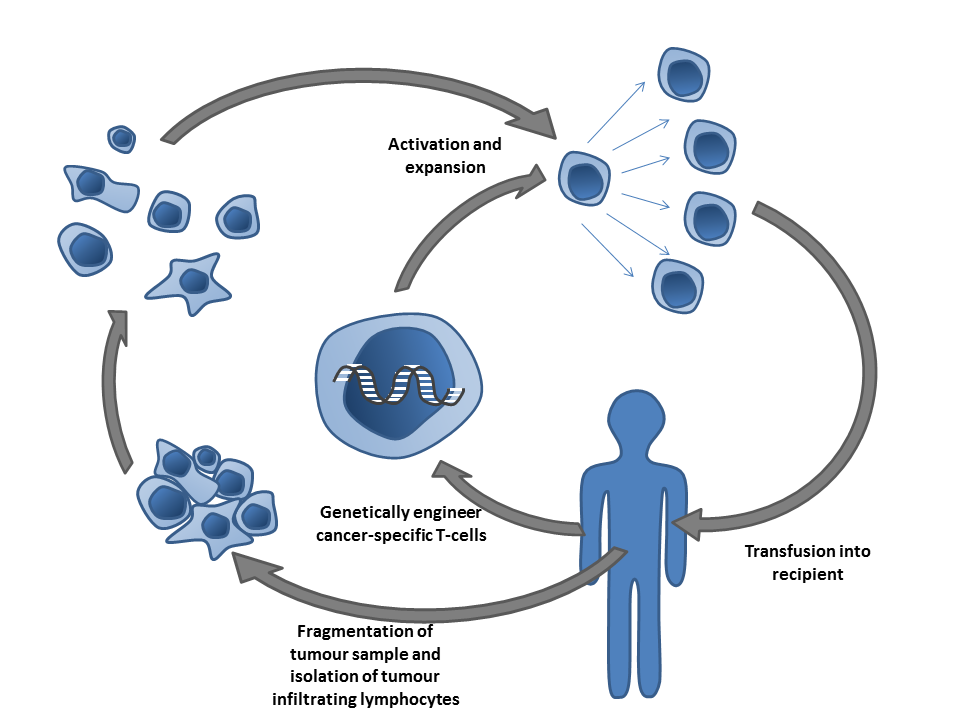
Cell therapy : Stem based cell therapy
Cell therapy refers to as the transfer of autologous or allogenic cellular material into a patient for medical purpose. In the year 1889, the first practices of cell therapy were done by Charles-Edouard Brown-Sequard in hormone therapy back then. He attempted to suppress the effects of aging using injections of animal testicle extracts.
Till the ate, cell therapy continues to evolve with the ongoing investigations for clinical safety and efficiency. Cell therapy combined stem- cell based along with non-stem cell based unicellular or multicellular therapies. it employs allogenic cells which might involve genetic engineering or manipulations in formulation. cell therapies span multiple therapeutic areas such as retentive medicines, immunotherapy, and cancer therapy to name a few. It can be administered as injectables, bio-scaffold, or scaffold-free systems. (6,7)
STEM CELL BASED CELL THERAPY
Stem cells can be grouped into three categories: pluripotent stem cells which gives rise to all cell types expect extraembryonic placental cells. They are majorly used in investigation of regenerative medicine, cell differentiation or tissue repair in different diseases. Adult stem cells are undifferentiated cells distributed among differentiated or specialized cells in organ of a developed organisms. With the more limited self-renewal and differentiation than pluripotent stem cells, they contribute to the healing or growth of the cells by giving rise to the progenitor or precursor cells.
Yet another cancer stem cells also known as tumor initiating cells, are found within solid and blood tumors. They originate from normal or progenitor cells by several mechanisms such as gene transfer ´, epigenetic alterations and micro-environments. They possess self-renewal, differentiation, metastasis, and immunosuppressive properties and play a vital role in cancer growth, relapse, resistance to chemo and radiotherapy. (3,4,5)
There are several discussions related to translational stem cell research, with pluripotent and adult stem cells derived organoids. These organoids hold promising as they help in regenerative medicine applications by their 3D structural and close relevance to mimic the organs.
NON-STEM CELL BASED THERAPY
Non stem cell-based approaches are generally involving somatic cells that are isolated from human, propagated, expanded, selected and subsequently administered to patients for cure and treatment of diseases. These include fibroblasts, hepatocytes, t cells and macrophages to name a few. Isolation techniques vary depending upon the cell types and tissue localization which can be either enzymatic digestion of harvested tissue or processing of withdrawn blood samples.
There are also variable characterization techniques of somatic cells, which can preserve a specific phenotype in sufficient yields and can include microscopic examination, molecular analysis, immunotoxicity or gene expression analysis. Somatic cells are highly specialized and can eb further manipulated or treated before reintroducing into human. They are generally employed as in in vivo source of enzymes, growth factors or cytokines.(1,2)
REFRENCES:
1. Naranda J, Gradišnik L, Gorenjak M, Vogrin M, Maver U. Isolation and characterization of human articular chondrocytes from surgical waste after total knee arthroplasty (TKA). PeerJ. (2017) 2017:e3079. doi: 10.7717/peerj.3079
2. Golchin A, Farahany TZ. Biological products: cellular therapy and FDA approved products. Stem Cell Rev Reports. (2019) 15:166–75. doi: 10.1007/s12015-018-9866-1
3. Codd AS, Kanaseki T, Torigo T, Tabi Z. Cancer stem cells as targets for immunotherapy. Immunology. (2018) 153:304–14. doi: 10.1111/imm.12866
4. Hanna JH, Saha K, Jaenisch R. Pluripotency and cellular reprogramming: facts, hypotheses, unresolved issues. Cell.(2010) 143:508–25. doi: 10.1016/j.cell.2010.10.008
5. Chagastelles PC, Nardi NB. Biology of stem cells: an overview. Kidney Int Suppl. (2011) 1:63–7. doi: 10.1038/kisup.2011.15
6. Kim I. A brief overview of cell therapy and its product. J Korean Assoc Oral Maxillofac Surg. (2013) 39:201. doi: 10.5125/jkaoms.2013.39.5.201
7. Lefrère JJ, Berche P. La thérapeutique du docteur Brown-Séquard. Ann Endocrinol. (2010) 71:69–75. doi: 10.1016/j.ando.2010.01.003



